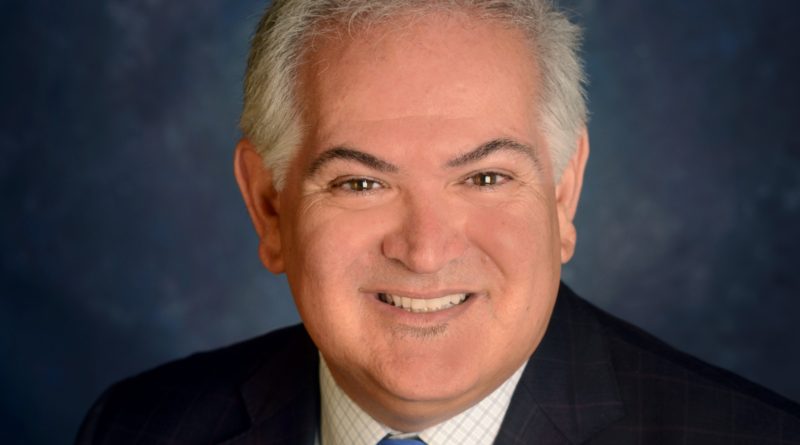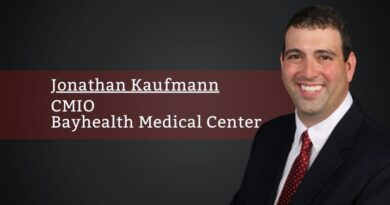The EHR and Data: Making it work for Physicians and Patients
By Luis Saldaña, MD, MBA, FACEP, Chief Medical Informatics Officer, Texas Health Resources
We live in a world of big data, and voice recognition and understanding. It seems physicians are increasingly challenged by volumes of data while simultaneously being tasked with data creation and entry requirements to support billing, performance, and quality measurement. The old dogma has been, “If you didn’t document it, you didn’t do it.” This information burden has contributed to the crisis of physician burnout, and organizations are challenged with engaging with consumers in ways that meaningfully engage and empower them. A new paradigm needs to be created wherein if you did it, you don’t need to document it. And, how do we turn this volume of data into a stream of knowledge and insights to benefit our patients as well as meaningfully supporting the need for ongoing performance improvement?
Addressing physicians’ information needs is critical to support the coming world of value-based care. And how physicians are measured in this world needs to be increasingly transparent to them.
How can we start to relieve these burdens while actually delivering better outcomes and more value? We need to start charting the course for this vision and get beyond the real burdens of interoperability that impede free, yet secure data flows for patients and physicians.
Patients are just learning how to use data around their own health and are getting more and more access to data that was generated in their own encounters
As we reflect on how to design to achieve this future state, I believe we might lean on two key frameworks:
- The 5 CDS Rights Framework – the right information, to the right people, in the right format, through the right channel and at the right place in the workflow (Osheroff, etal).
- User experience principles.
This model can provide us with a good design framework to guide this work. In addition, this framework could also be married to user-centered design and be more empathetic towards the target of the data.
within the needs to integrate with target end-user workflows in mind. We need to streamline the effort needed to generate reports or run user queries. Strong thought and consideration needs to be given to facilitating data sharing toward support clinical decision making and removing existing barriers inherent to the current state of non-interoperability. The data also needs to freely follow the patient as they move throughout the complex maze of healthcare.
And as we design these systems, we need to start to learn how we can design patient-specific data flows, in both the process of data generation (to include patient-reported health outcomes) and then the process of converting this data into insights that might contribute in a way that supports the consumer taking more control of their own health outcomes. Such an approach could engage and empower patients in their own care, but only if it is done in a way that supports and enhances patient autonomy and might start to free them from traditional paradigms of medical decision making.
Patients are just learning how to use data around their own health and are getting more and more access to data that was generated in their own encounters. And now, they are even generating data that might contribute to improving their health outcomes. The call-to-action is to frame a new paradigm that actively includes and engages all stakeholders in conversation and design workflows in contrast to the current siloed processes, which are largely vendor driven. This is an opportunity and a call for organizations to take the lead towards new, more collaborative and social strategies that will carry us further towards this future state that will address some of the current challenges in and can empower patients and physicians to help to deliver better health outcomes for the communities we serve.




Pingback: Top of the Licensure Strategies to Better Manage an Aging Population